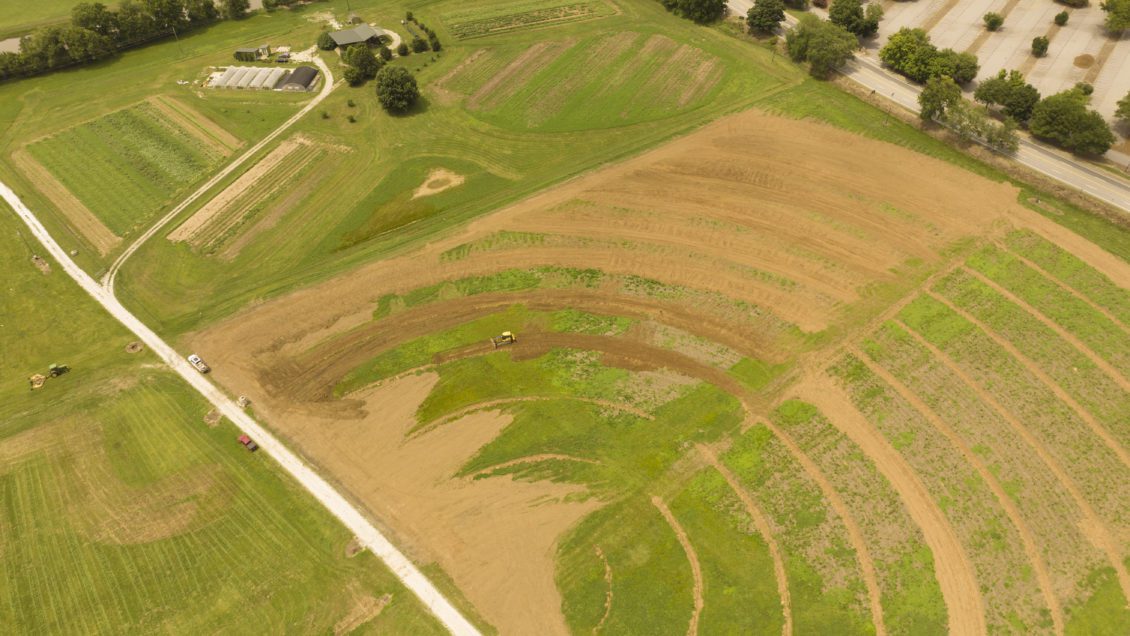Clemson University is writing a new chapter on what could be the nation’s most unique farm.
Known to the Clemson community as “The Bottoms,” the 90 acres of rich floodplain soils located on the University’s main campus between Lake Hartwell and Perimeter Road have been farmed continuously since the Cherokee settled in the region more than 1,000 years ago.
In July 2022, staff from the College of Agriculture, Forestry and Life Sciences (CAFLS) started making changes at The Bottoms to explore how agriculture can feed people while also contributing solutions to some of the most difficult challenges of our times.
The changes are designed to use the patterns of nature to reimagine farms as places that produce many benefits to the community, along with food, fiber and fuel. This kind of agriculture, known as “multifunctional agriculture,” is proven to enhance the well-being of land, animals and people both on the farm and in the surrounding community through the profitable production of nutritious foods, healthy soil, clean water and air, improved wildlife habitat, protection from heavy rains and drought and climate change mitigation.
Multifunctional agriculture is not a new idea; it has been around since the early years of the Dust Bowl.
“We’ve known for a long time that agriculture can be designed and managed to contribute solutions to many of our most difficult environmental and social challenges,” said Laura Lengnick, Ph.D., director of agriculture at the Glynwood Center of Regional Food and Farming, and climate resilience lead on this project.
The new CAFLS program at The Bottoms will demonstrate three different kinds of multifunctional agriculture that have emerged in recent years as leading agricultural solutions to climate change: climate-smart, regenerative organic and restoration.
The climate-smart agriculture farm continues the University’s legacy as a leader in conventional agriculture to demonstrate best practices in feed and food grain production that are resource-efficient and climate-resilient and reduce greenhouse gases produced on farms.
The regenerative organic farm builds on Clemson’s unique legacy as the home of one of the first certified student-led organic farms in the nation to demonstrate best practices in producing certified organic fresh vegetables and food grains that enhance farm resilience and capture carbon from the atmosphere and store it in soils on the farm.
The restoration agriculture farm draws the ecological patterns of place to demonstrate best practices in producing fruits, nuts and food and feed grains that restore native ecosystems, are climate-resilient, and capture carbon from the atmosphere and store it in trees, shrubs and soils on the farm.
A diverse group of faculty and staff from across the college designed the new multifunctional agricultural program as part of a University-wide effort to highlight the historical, cultural and ecological value of The Bottoms.
“Many people from across the University have contributed work and ideas to see this project become a reality,” said Paula Agudelo, Ph.D., CAFLS associate dean for research.
This new chapter continues the legacy of The Bottoms as a living laboratory that invites faculty, staff, students and community partners to come together to explore 21st-century agricultural solutions to the challenges ahead.
Get in touch and we will connect you with the author or another expert.
Or email us at news@clemson.edu

